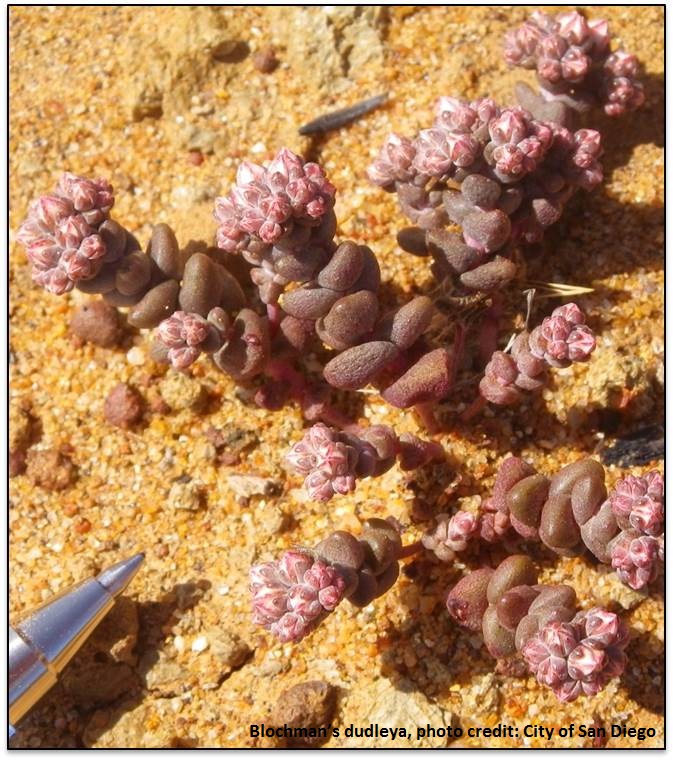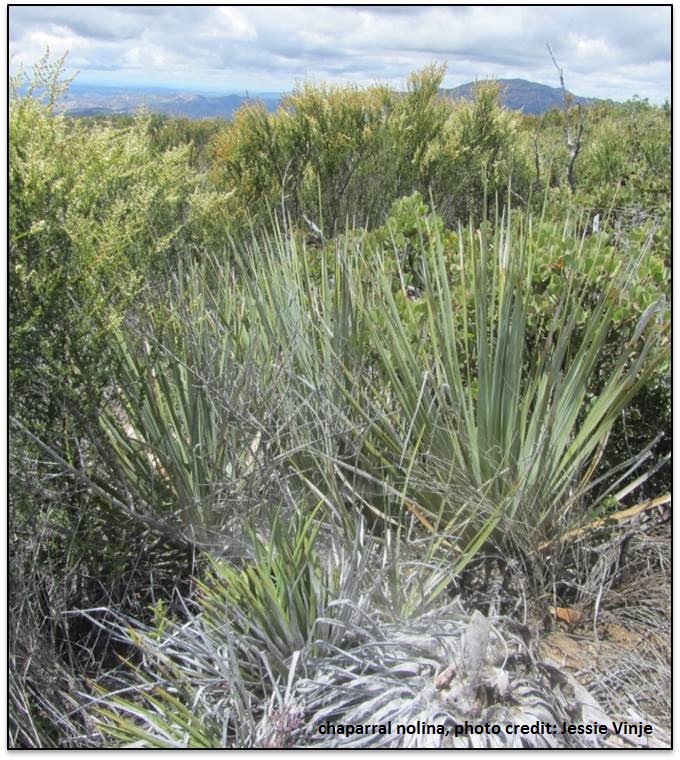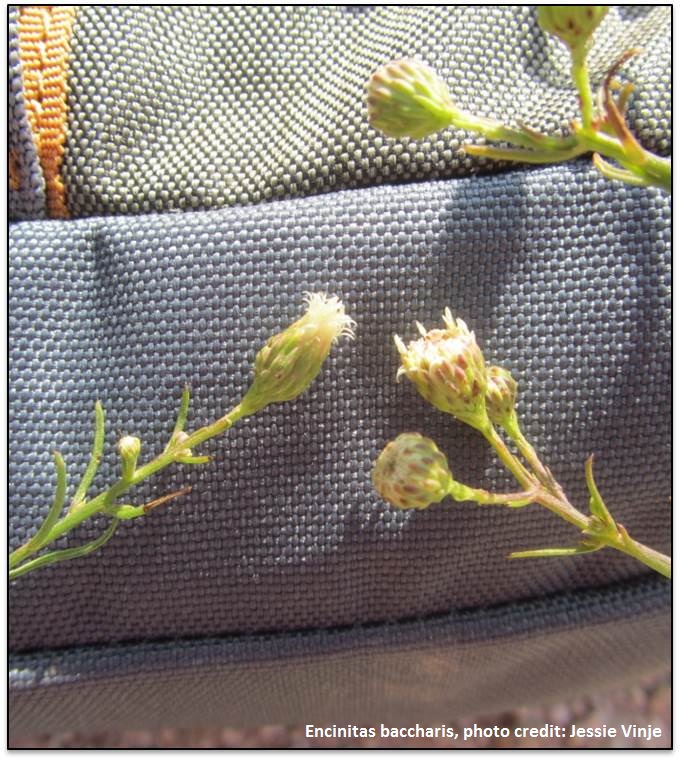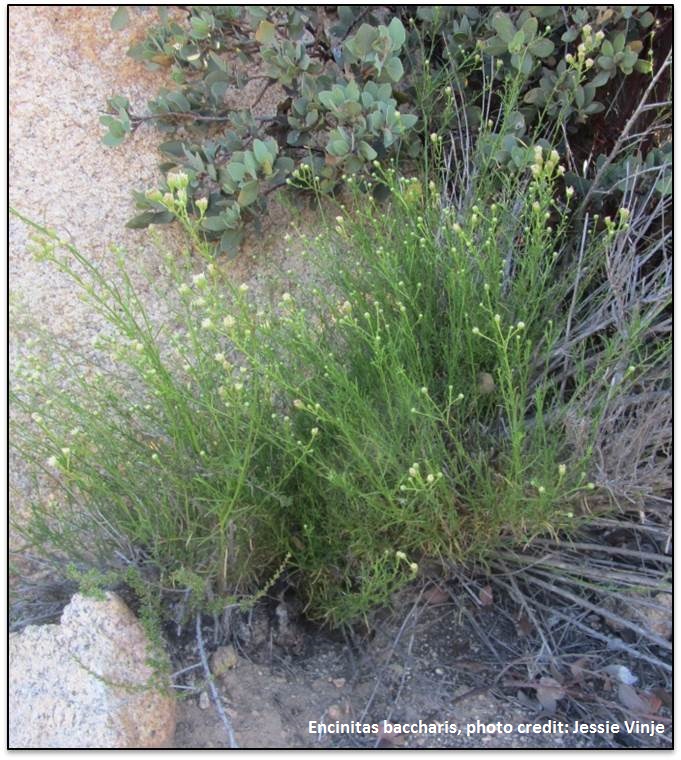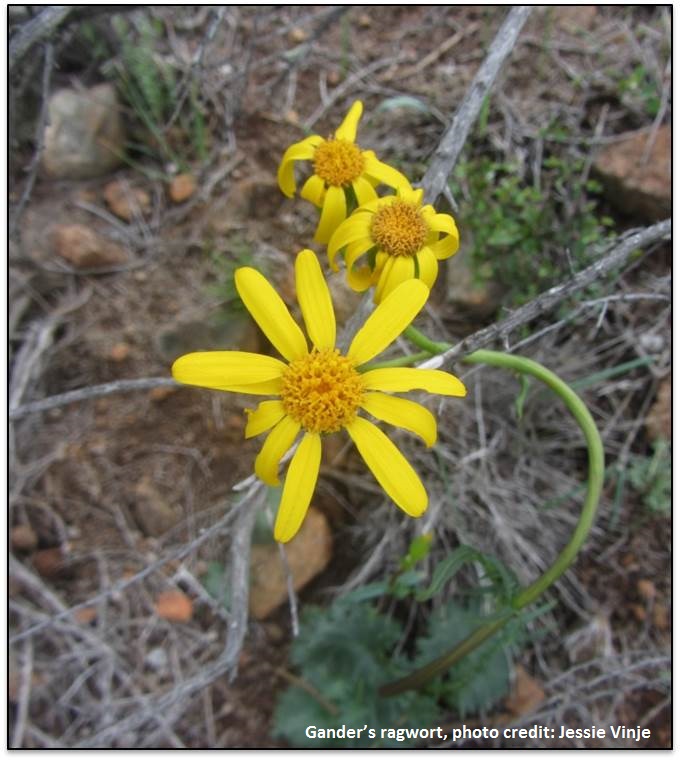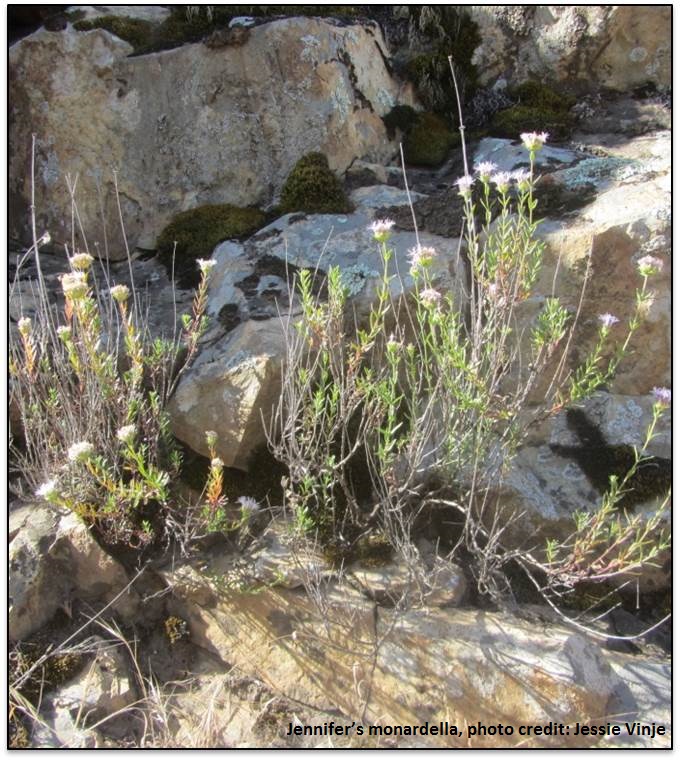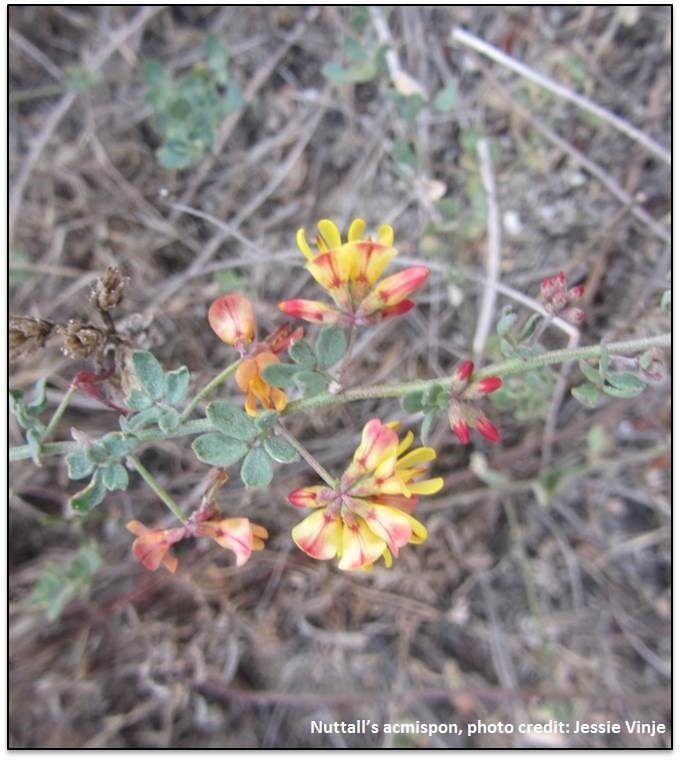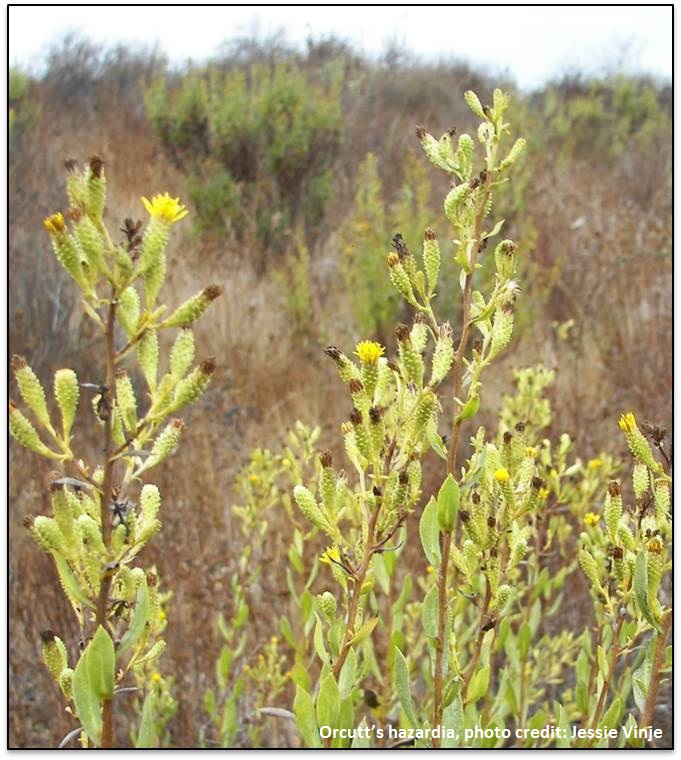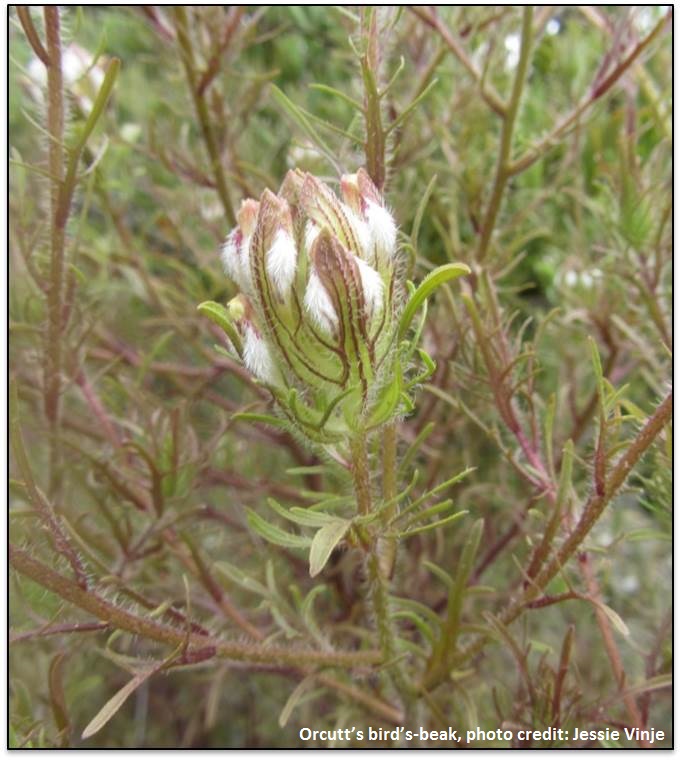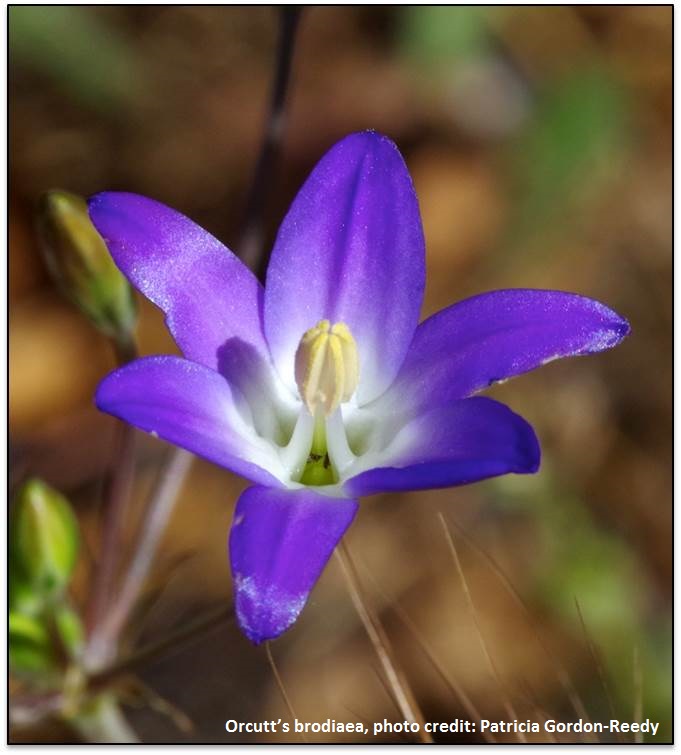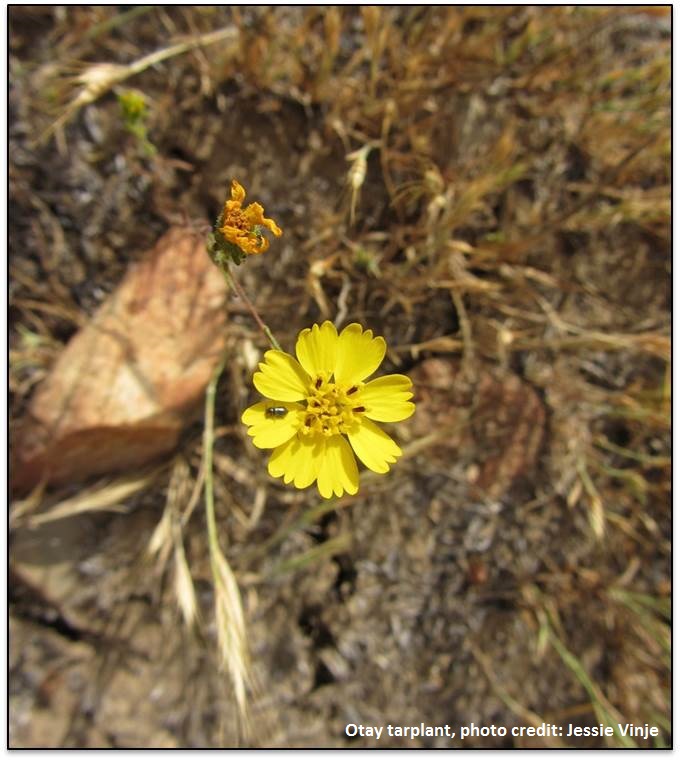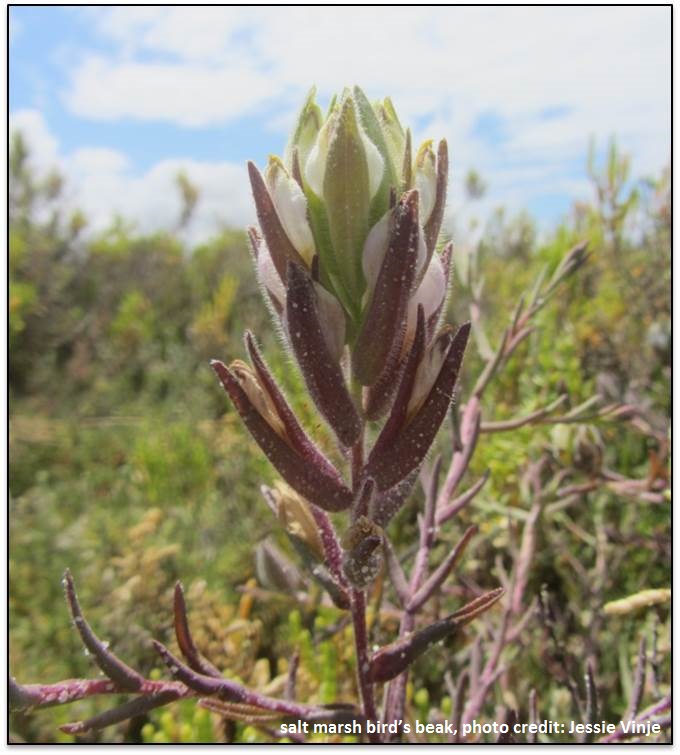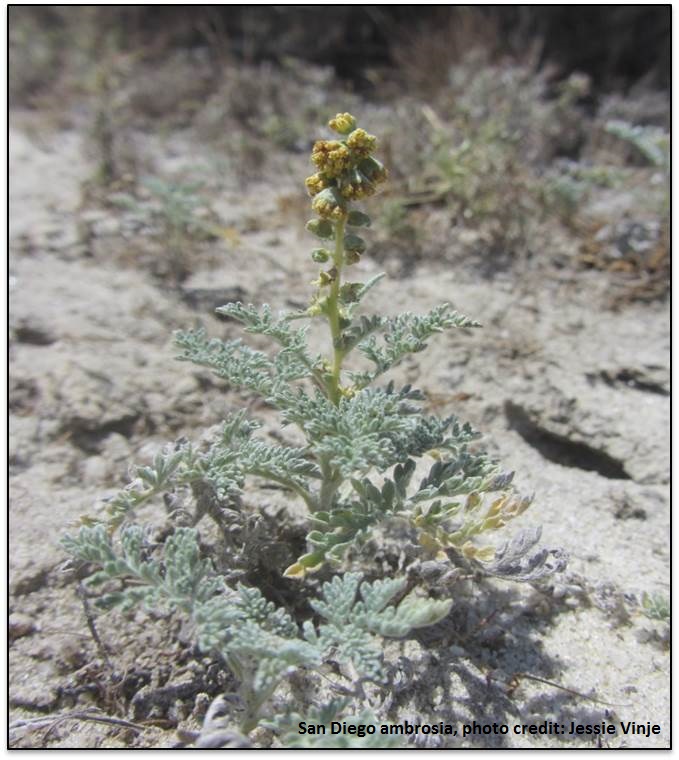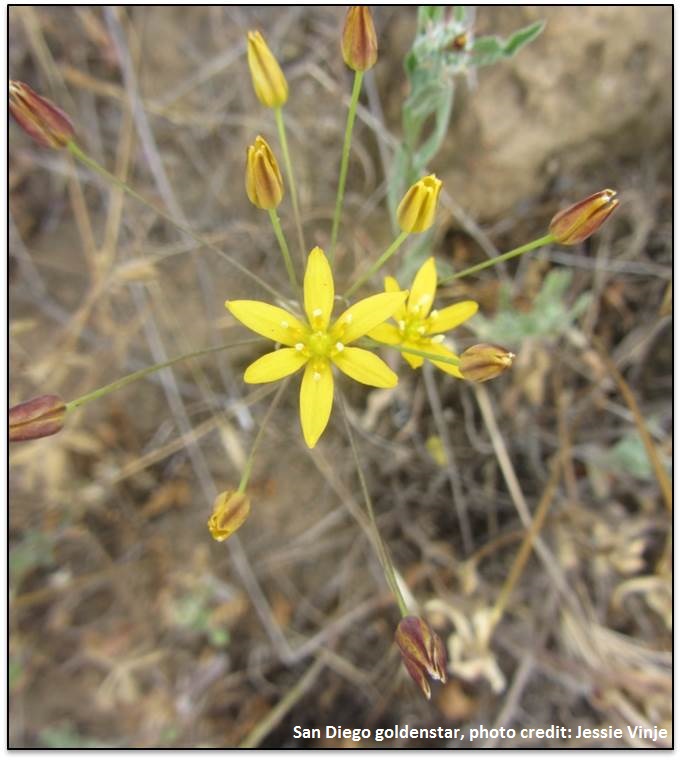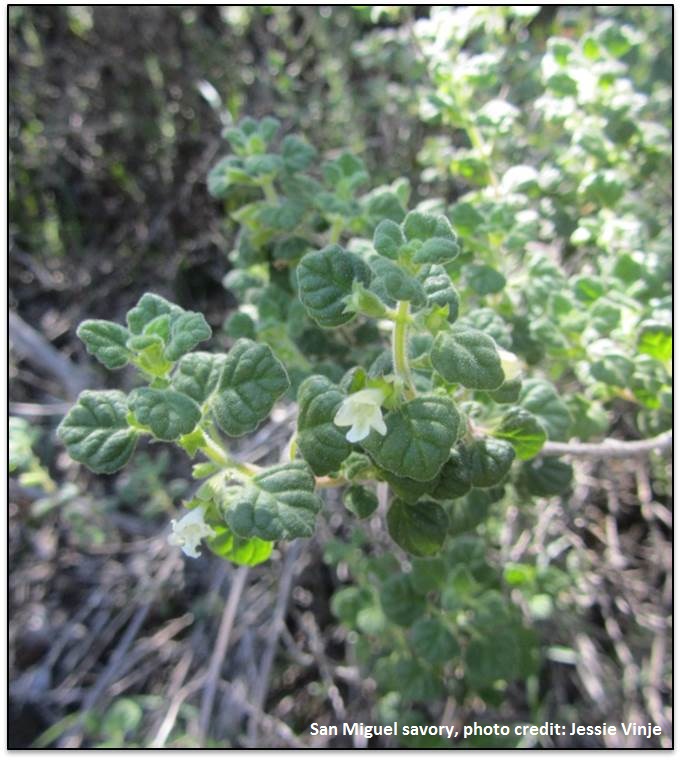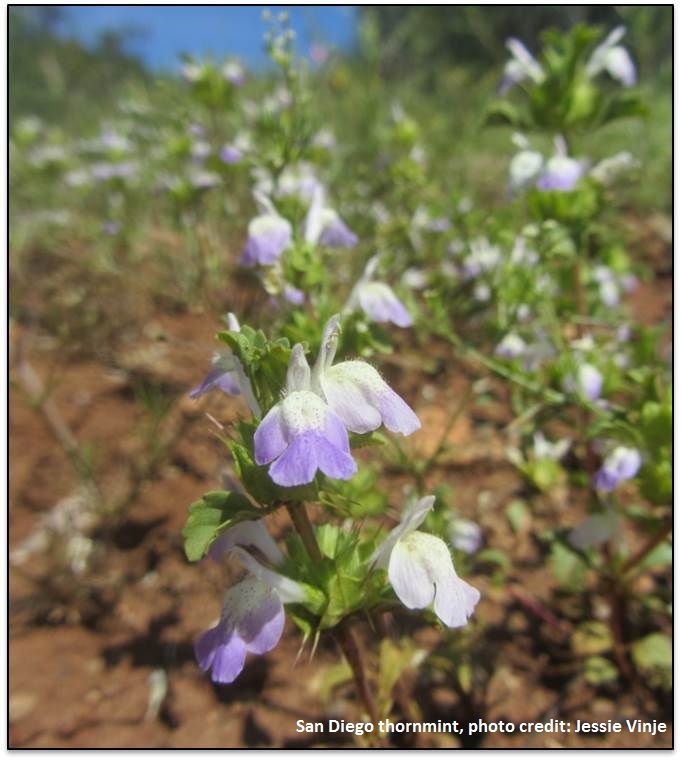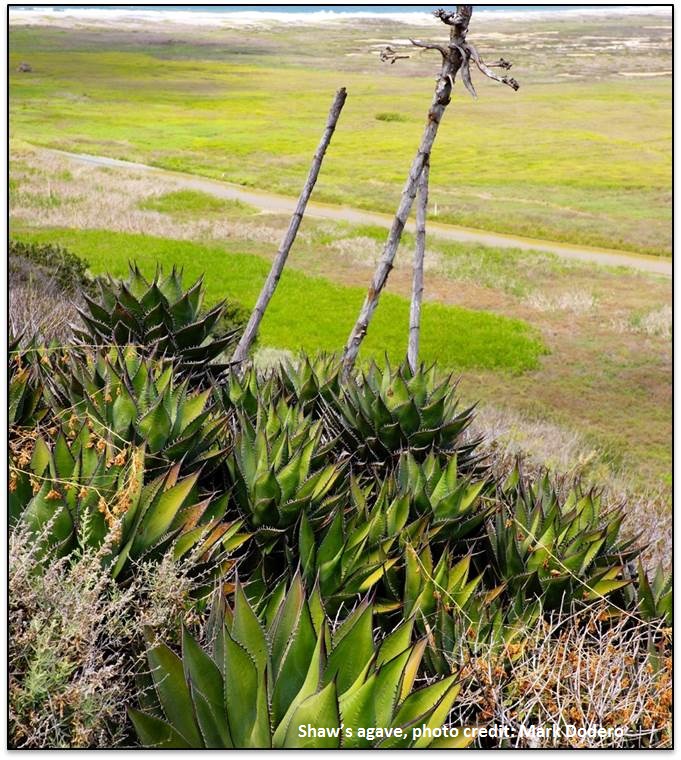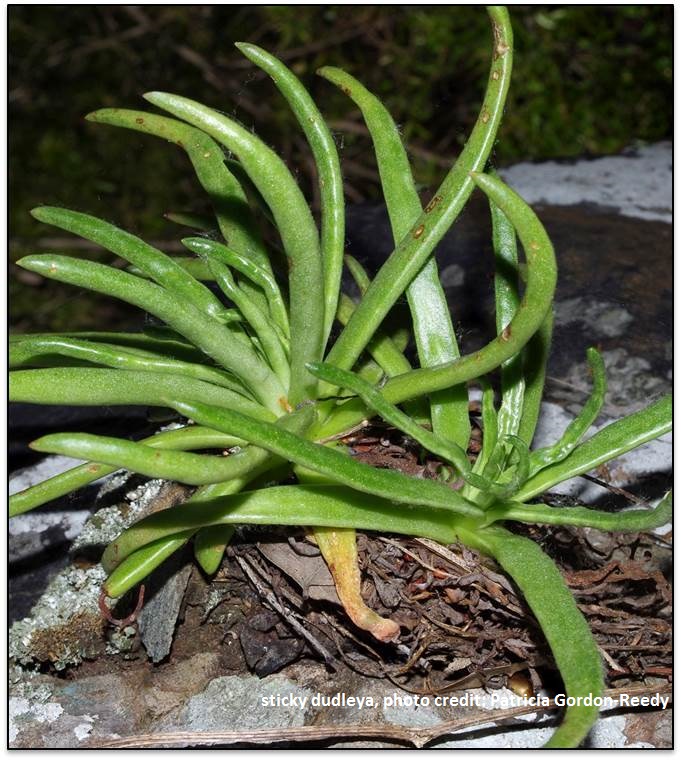Rare Plant Inspect and Manage Monitoring 2014-2026
From 2014-2026, a Management and Monitoring Strategic Plan (MSP Roadmap) monitoring objective for 30 rare plant species is to inspect occurrences to determine management needs. The inspect and manage (IMG) objective is implemented to document the status of rare plant occurrences and assess habitats and threats to develop specific management recommendations. IMG monitoring is implemented by a combination of land managers and contracted biologists in coordination with the SDMMP. Available rare plant data is posted below. New annual updates are typically posted in March. Based upon an evaluation of these data, a 2014-2026 monitoring schedule has been developed for the 30 rare plant species (attached below). Coordinating data collection across the region allows analyses of species and population trends over time and provides a better understanding of the association between habitat and threat covariates and population dynamics.
Project Groups
-
SDMMP17 Rare Plant Regional IMG Management and Monitoring
Project Focus
Aphanisma, Blochman's dudleya, Chaparral nolina, Coast wallflower, Encinitas baccharis, Gander's ragwort, Heart-leaved pitcher sage, Jennifer's monardella, Mexican flannelbush, Nuttall's acmispon, Orcutt's birds-beak, Orcutt's brodiaea, Orcutt's hazardia, Otay tarplant, saltmarsh bird's-beak, San Diego ambrosia, San Diego goldenstar, San Diego thorn-mint, San Miguel savory, Shaw's agave, Short-leaved dudleya, Small-leaved rose, Sticky dudleya, Thread-leaved brodiaea, Variegated dudleya, Willowy monardella
chaparral, coastal sage scrub, grassland, riparian forest & scrub, salt marsh
Emily Perkins
Kris Preston
San Diego Management and Monitoring Program
Jonathan Mercado; Josue Campos; Carl Thelander; John Clark; ACI Sunbow, LLC; Bureau of Land Management; Cabrillo National Monument, National Park Sevice; California Department of Fish & Wildlife; California State Parks; Center for Natural Lands Management; City of Carlsbad; City of Chula Vista; City of Encinitas; City of Escondido; City of Oceanside; City of Poway; City of San Diego; Conservation Biology Institute; District 11, Department of Transportation, State of California; Endangered Habitats Conservancy; Friends of Goodan Ranch & Sycamore Canyon; Habitat Restoration Sciences, Inc.; Helix Environmental Planning, Inc.; Nature Collective; Naval Base Coronado; Olivenhain Water District; Otay Ranch Preserve Owner/Manager (POM); Otay Water District; RECON Environmental, Inc.; San Diego Audubon Society ; Thomas Oberbauer; San Diego County Water Authority; San Diego Habitat Conservancy; San Diego Natural History Museum; San Diego River Conservancy; SANDAG; The Escondido Creek Conservancy; The Nature Conservancy; U.S. Fish and Wildlife Service; U.S. Forest Service Cleveland National Forest; UC San Diego Natural Reserve System; United States Border Patrol
Kris Preston
Emily Perkins
Jessie Vinje
Project Protocol
Data collection protocol for Rare Plant IMG surveys in 2025
Coast wallflower Erysimum ammophilum
Goal: Maintain or enhance existing coast wallflower occurrences and establish new occurrences, as needed, to ensure multiple conserved occurrences with self sustaining populations to increase resilience to environmental and demographic stochasticity, maintain genetic diversity, and improve chances of persistence over the long term (>100 years) in chaparral, coastal bluff, coastal dune and coastal sage scrub vegetation communities.
MON-IMP-IMG ERYAMM-1
Management units: 6, 7
Beginning in 2017, inspect occurrences of coast wallflower on Conserved Lands (see occurrence table) using the regional IMG monitoring protocol to record status and to collect habitat and threats covariate data to determine management needs. After 2017, repeat monitoring every 2 years.
| Action | Statement | Action status | Projects |
|---|---|---|---|
| IMP-1 | Based upon occurrence status and threats, determine management needs including whether routine management or more intensive management is warranted. | some occurrences are in progress | Rare Plant Inspect and Manage Monitoring 2014-2026 |
| IMP-2 | Submit project metadata, status, habitat and threats data, and management recommendations to the MSP Web Portal. | some occurrences are in progress | Rare Plant Inspect and Manage Monitoring 2014-2026 |
| Criteria | Deadline year |
|---|---|
| Surveys Completed in 2017, 2019, and 2021 with Management Recommendations | 2021 |
| Threat Name | Threat Code |
|---|---|
| Human uses of the Preserves | HUMUSE |
| Invasive plants | INVPLA |
| Urban development | URBDEV |
Heart-leaved pitcher sage Lepechinia cardiophylla
Goal: Maintain or enhance existing heart-leaved pitcher sage occurrences and establish new occurrences, as needed, to ensure multiple conserved occurrences with self sustaining populations to increase resilience to environmental and demographic stochasticity, maintain genetic diversity, and ensure persistence over the long term (>100 years) in chaparral and oak woodland vegetation communities.
MON-IMP-IMG LEPCAR-1
Management units: 4, 5, 8
If extant occurrences of heart-leaved pitcher sage are discovered on Conserved Lands in 2017-2021, inspect the occurrences and repeat monitoring every 2 years. Use a regional monitoring protocol to record population abundance and collect habitat and threats covariate data to determine management needs.
| Action | Statement | Action status | Projects |
|---|---|---|---|
| IMP-1 | Based upon occurrence status and threats, determine management needs including whether routine management or more intensive management is warranted. | Available for implementation | Rare Plant Inspect and Manage Monitoring 2014-2026 |
| IMP-2 | Submit project metadata, monitoring datasets and management recommendations to the MSP Web Portal. | Available for implementation | Rare Plant Inspect and Manage Monitoring 2014-2026 |
| Criteria | Deadline year |
|---|---|
| If Extant Occurrences Found on Conserved Lands, Surveys Completed Every 2 Years with Management Recommendations | 2021 |
| Threat Name | Threat Code |
|---|---|
| Altered fire regime | ALTFIR |
| Human uses of the Preserves | HUMUSE |
| Invasive plants | INVPLA |
| File name | Lead Author | Year | Type |
|---|---|---|---|
| Formato de monitoreo MSP 2023 de plantas raras_final.pdf | protocol supplement | ||
| MSP 2025 Rare Plant Paper Monitoring Form Final 2025.pdf | SDMMP | protocol supplement | |
| Plan de gestioÌn y monitoreo estrateÌgico_español_final.pdf | protocol supplement | ||
| Rare Plant Monitoring Frequency 2014-2026 | SDMMP | 2024 | protocol supplement |
| Survey123 Instructions Rare Plant IMG Surveys 2025.pdf | SDMMP | protocol supplement |
| File name | Lead Author | Year | Type |
|---|---|---|---|
| Draft 2016 Rare Plant Monitoring Report | AECOM; Conservation Biology Institute; San Diego Management and Monitoring Program | 2017 | report |
| Preventing the Spread of Invasive Plants: Best Management Practices for Land Managers | California Invasive Plant Council | 2012 | report |
| Vegetation Classification Manual for Western San Diego County: First Edition | Sproul, Fred; Keeler-Wolf, Todd; Gordon-Reedy, Patricia; Dunn, Jonathan; Klein, Anne; Harper, Kyle | 2011 | other |
